Over the past few nights, the Earth’s atmosphere has shone with a light show: green and red highlights spread across the sky, but this is only the beginning. The fire show is a consequence of solar storms that collided with the magnetic field of our planet. The phenomenon is not uncommon, but the current auroras are striking in their intensity as a result of a powerful solar disturbance over the past 20 years.
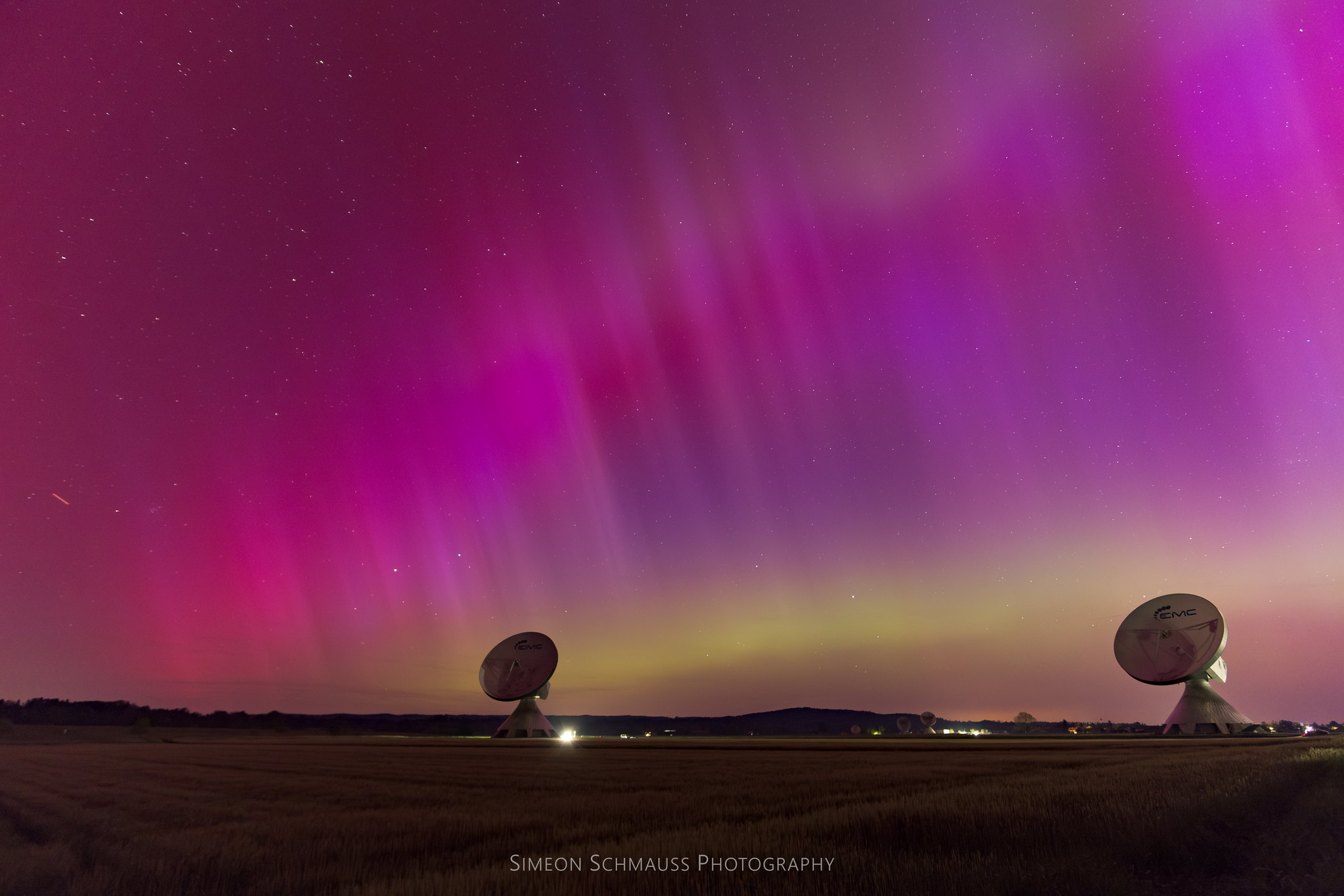
Solar activity is approaching its 11-year peak, which increases the frequency of sunspots. The auroras caused by solar activity, which are usually observed at northern latitudes, are ahead of their usual boundaries, illuminating the sky much further south. Eyewitnesses out of bright cities can observe the aurora borealis even in Ukraine.
Last night we witnessed two G5-level geomagnetic storms. They are considered extreme. They caused disturbances across the North American electricity grid and caused power outages in South Africa. Although the current storms have not yet led to serious consequences, power outages have already been recorded.
Midst among the excitement of the very first Extreme G5 geomagnetic storm since 2003, sunspot region 3664 continued doing what is is best at: producing major solar flares. It produced it's strongest solar flare thus far and the second strong solar flare of the current Solar… pic.twitter.com/G4ImkAr42j
— SpaceWeatherLive (@_SpaceWeather_) May 11, 2024
The culprit of the bright show and power outages is the AR 3664 sunspot, which is actively manifested on the surface of the Sun. This area is so huge that it is much larger than Earth in size, and is visible even without a telescope. In addition, the spot emits powerful Class X flares.
No doubt this weekend will be remembered as 'that weekend'. Here's my rushed, ordinary photos of an extraordinary event.
Taken locally in Cheshire during the 'spike' at 03:00 Saturday. Zero colour enhancement in post processing. The greens were JUST visible with the naked eye: pic.twitter.com/Z9uQA4fFaW— Andy Saunders – Apollo Remastered (@AndySaunders_1) May 12, 2024
Mass ejections are large streams of plasma and magnetic fields escaping from the Sun into the Solar System. As a result of the collision of charged particles with the Earth’s magnetic field, they can cause geomagnetic storms that affect our power grids and satellite communication systems.
Such events can last for several days. But if you did not manage to witness the most powerful aurora in the last 20 years, then we have selected for you some photos taken by eyewitnesses from all over the world.
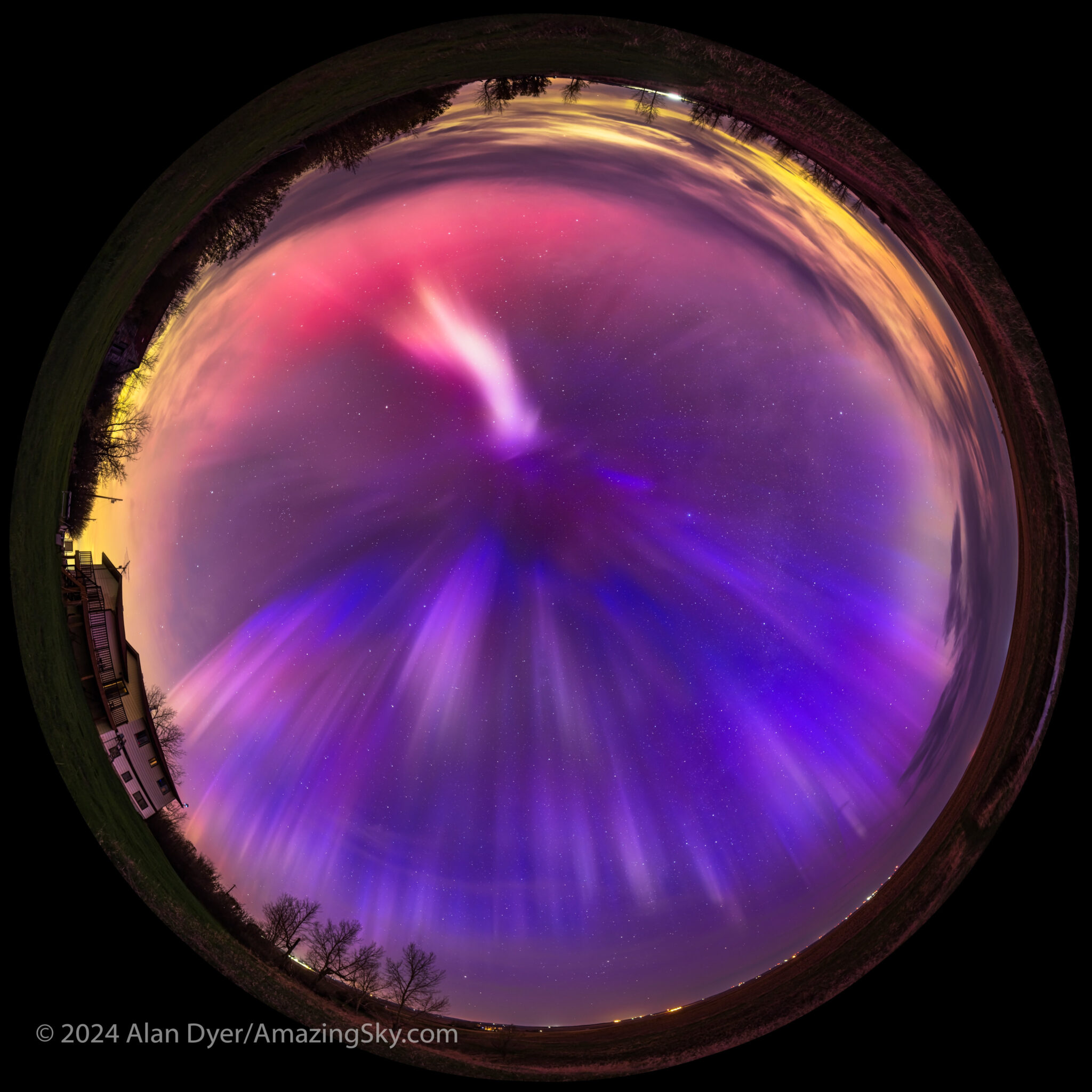
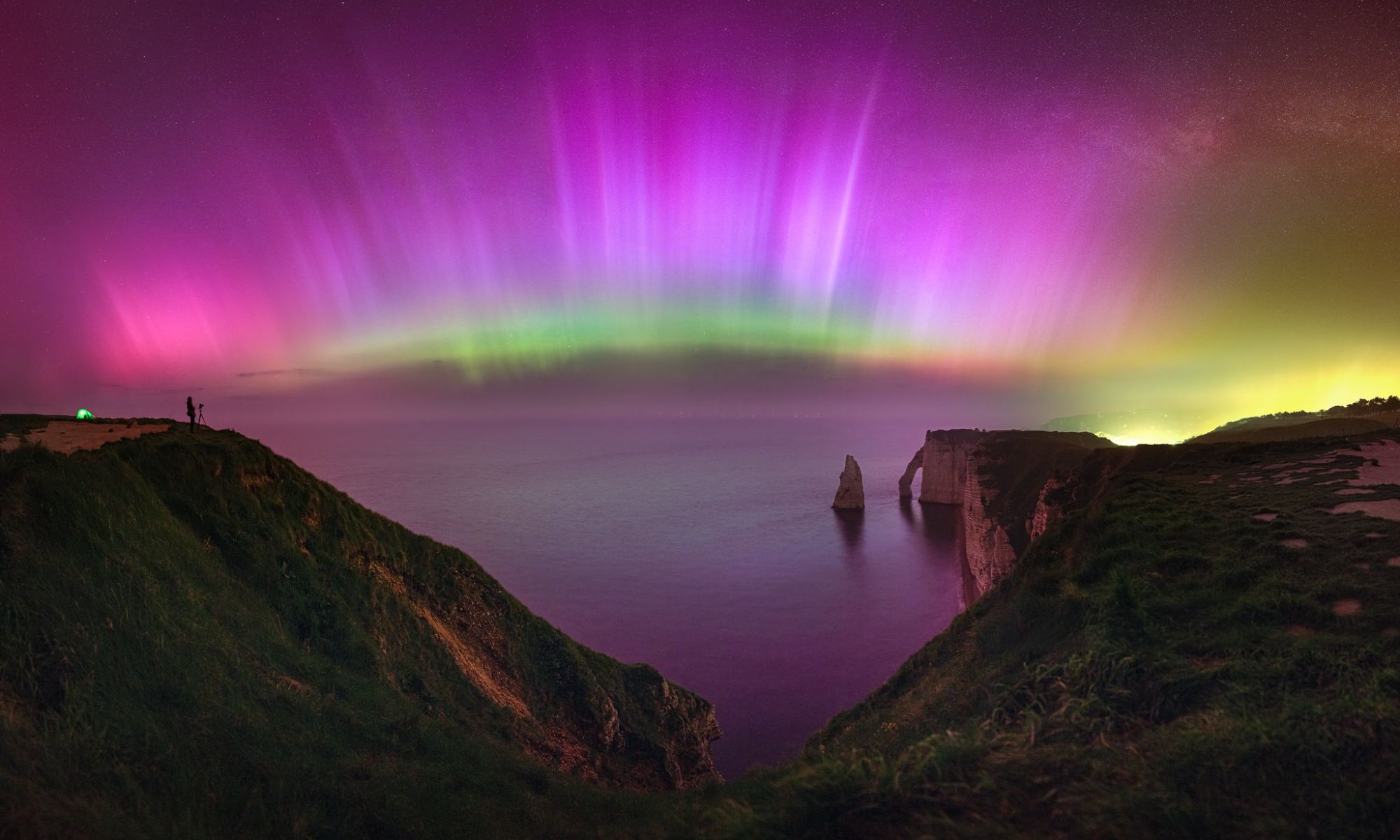
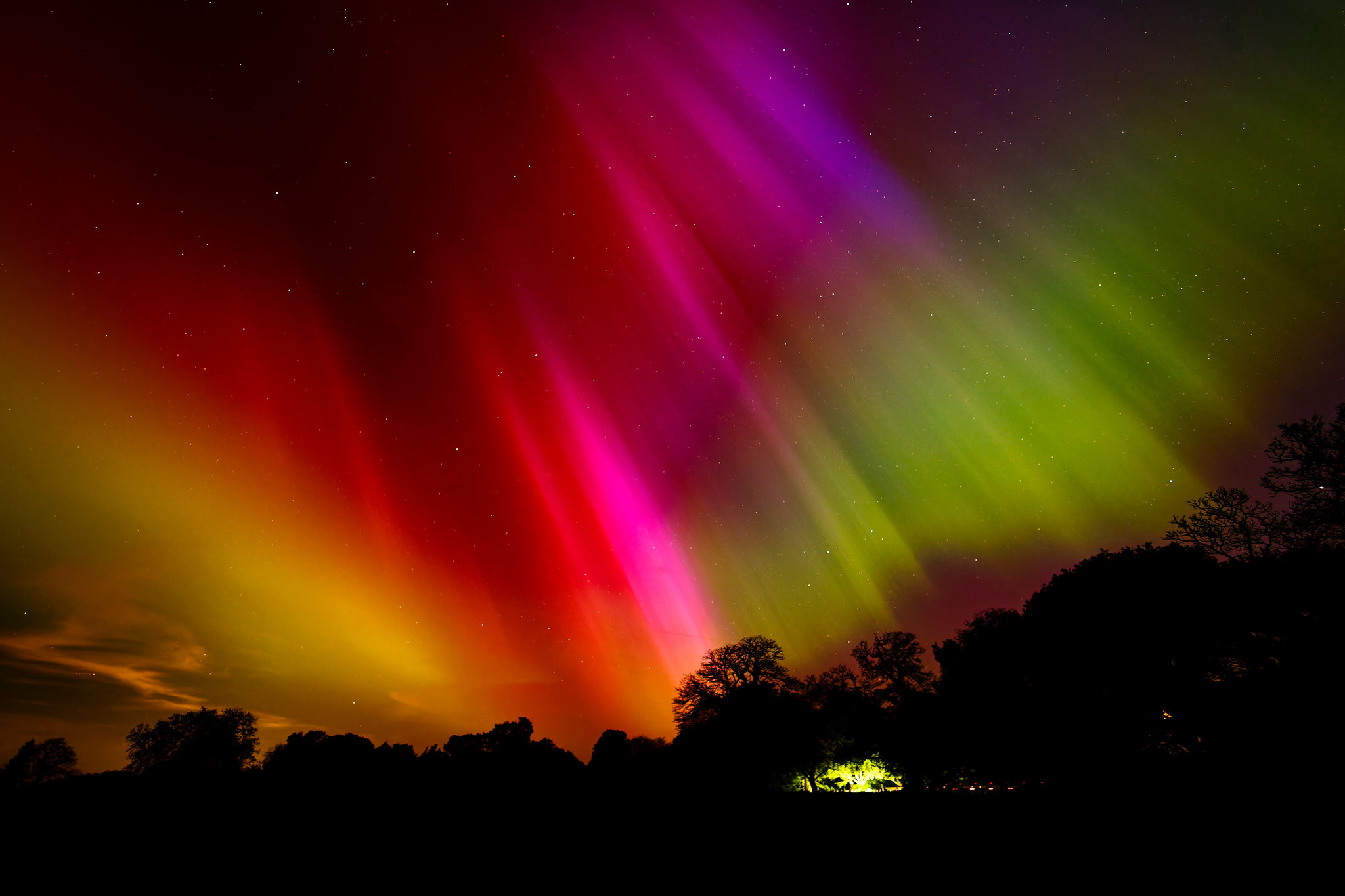

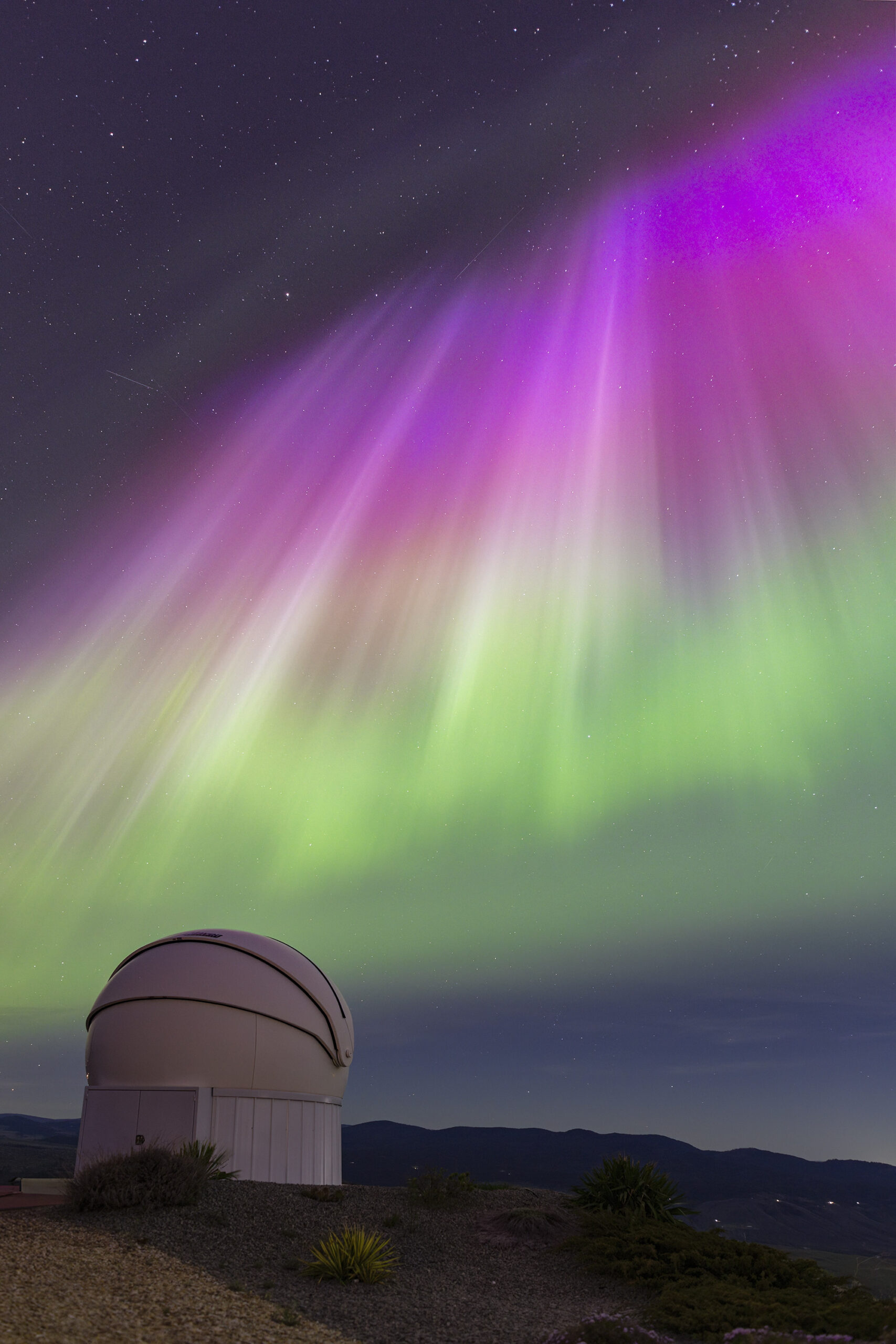
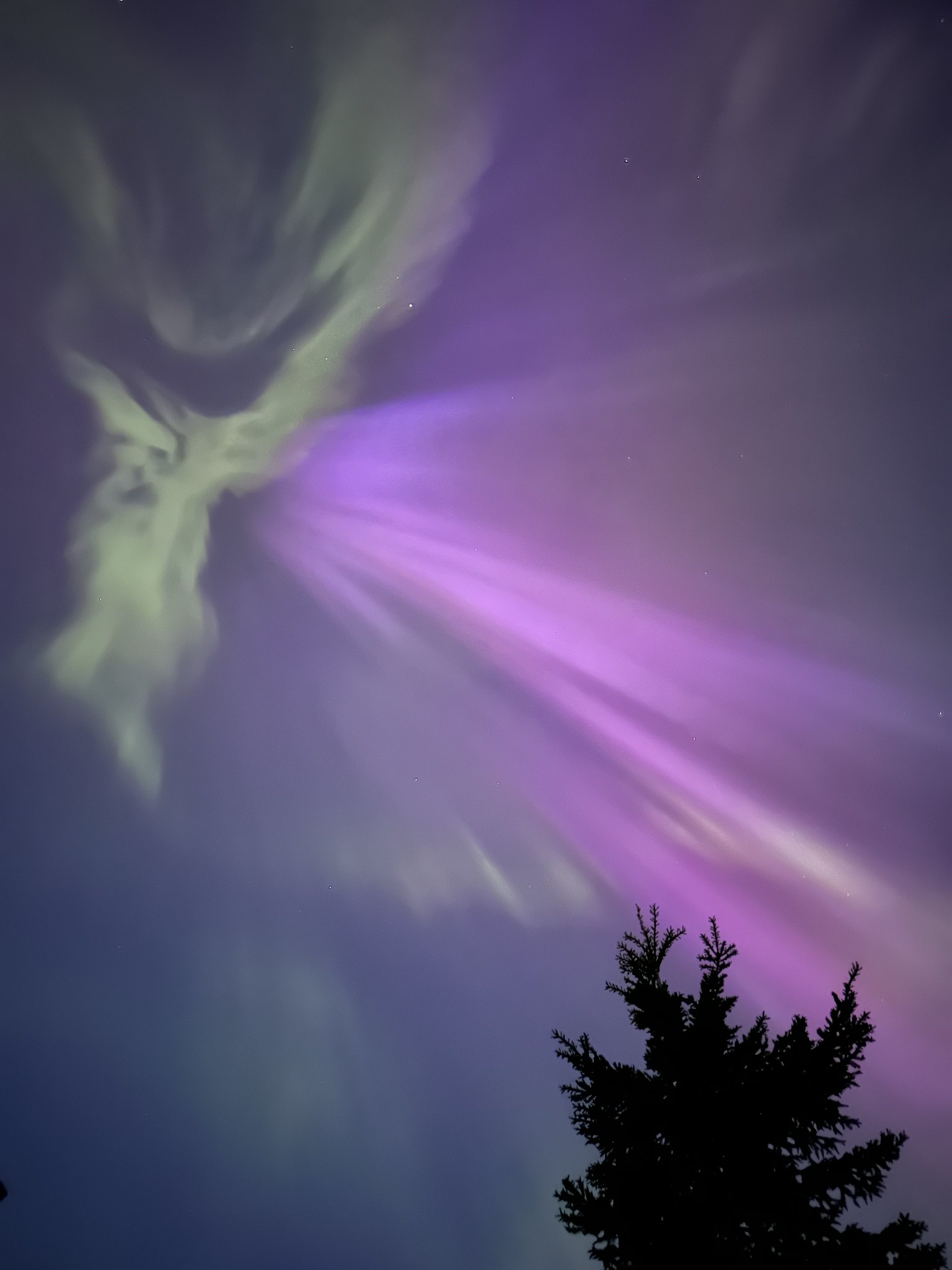
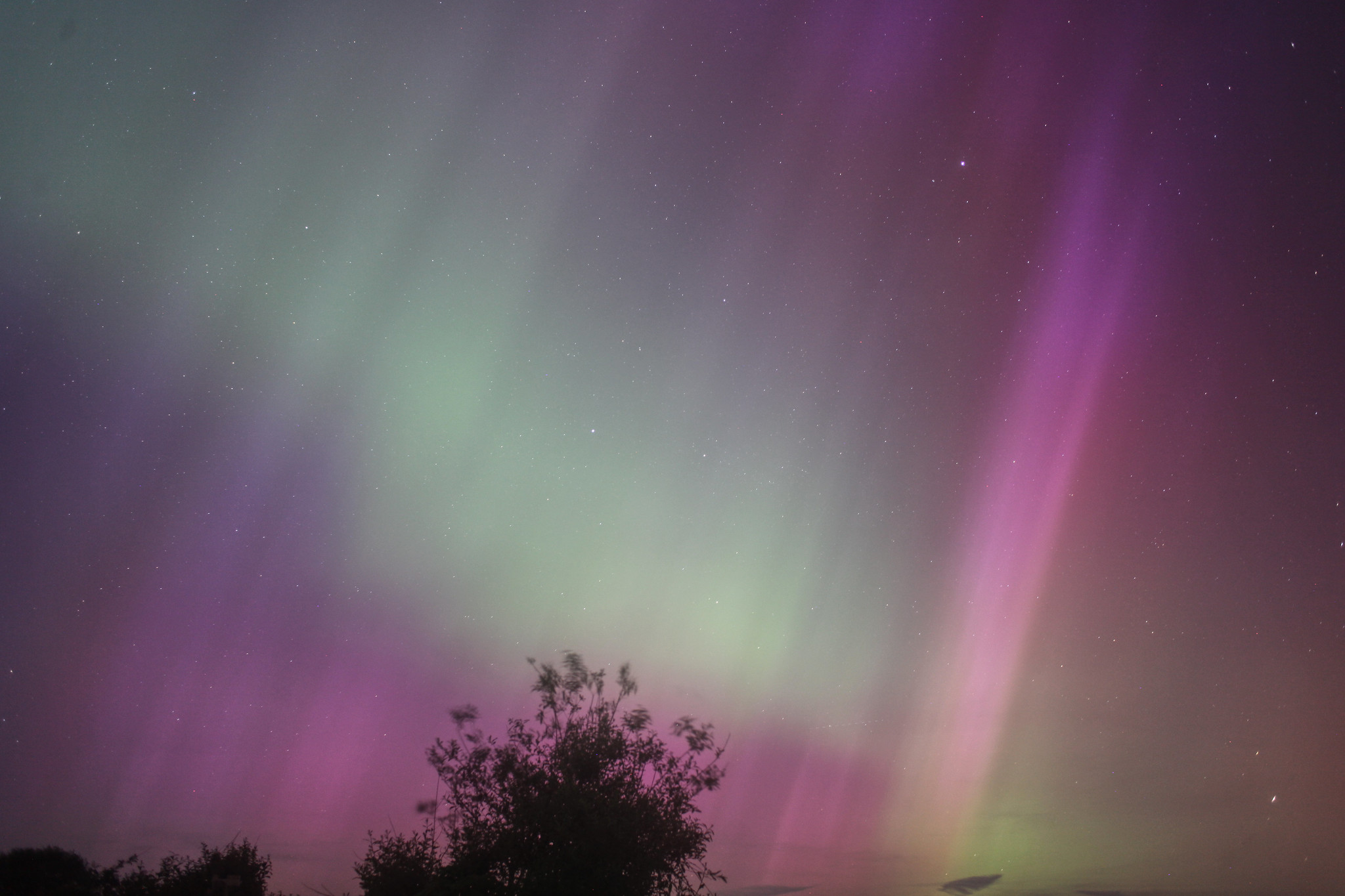
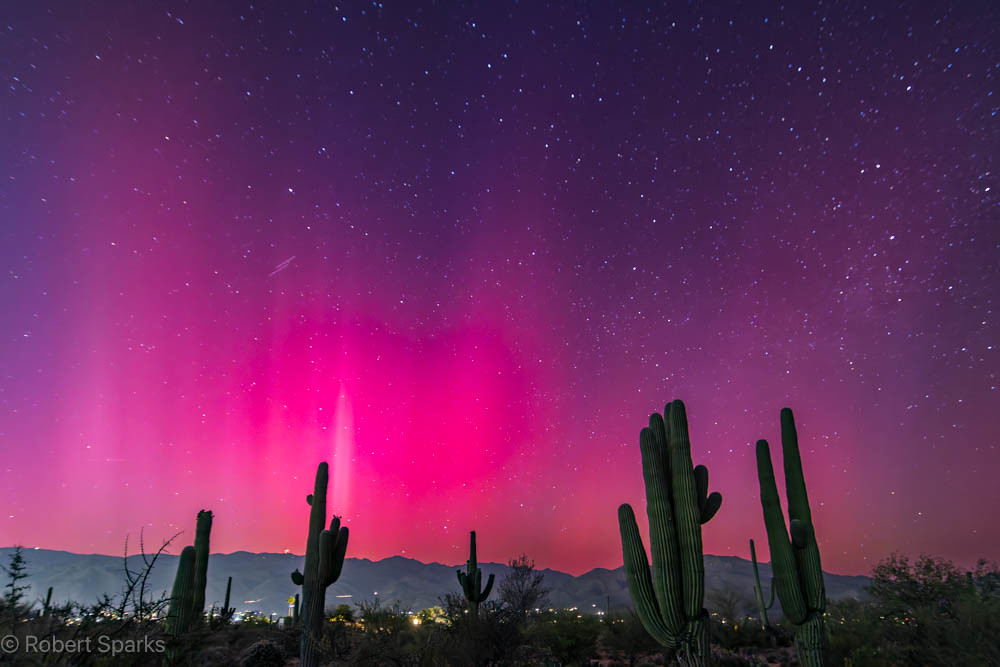
Earlier, we reported on how the mystery of bright spots on the Sun had not been explained.
According to gizmodo.com
Follow us on Twitter to get the most interesting space news in time
https://twitter.com/ust_magazine


